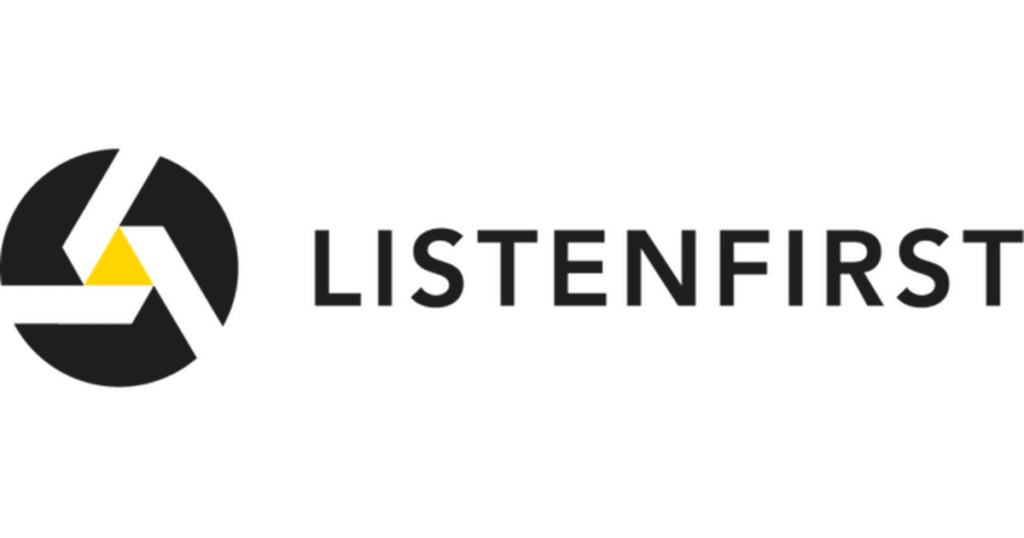4 Insights You Need To Know About Video Length On Social Media
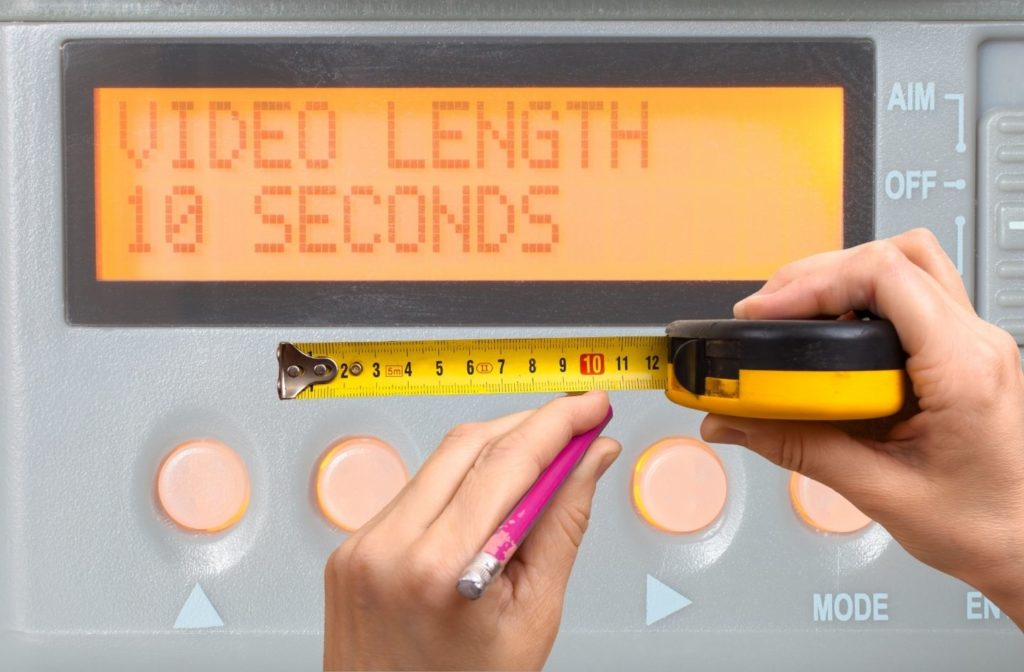
In theory, the answer to how long your brand’s video content should be on social media should always be the shorter, the better. For example, a 2015 Microsoft study found the average adult attention span is only 8 seconds, while TikTok has exploded in popularity, with 1 billion active global users, in large part because […]
What Social Networks Were The Most Talked About In 2020
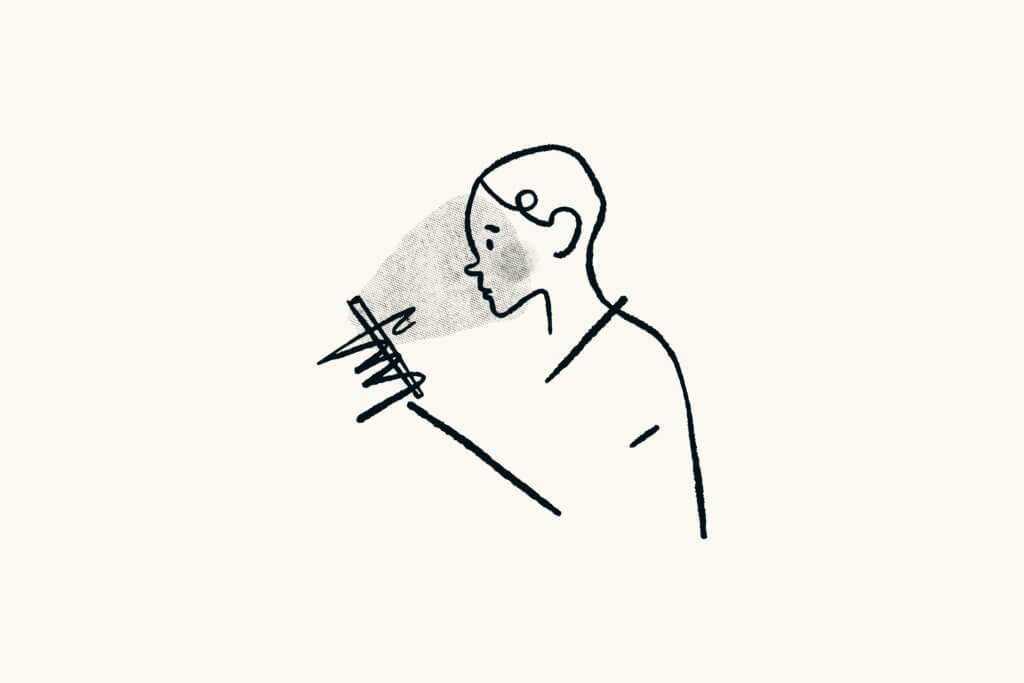
Whether it was a complete game changer or accelerating trends that were already in motion; the pandemic dramatically impacted what social media platforms we were using and discussing during the past year. To help quantify which social media platforms fell in and out of favor during 2020; we used our social listening abilities on Twitter […]
Learning From #StopHateForProfit July And If The Boycott Is Carrying Into August
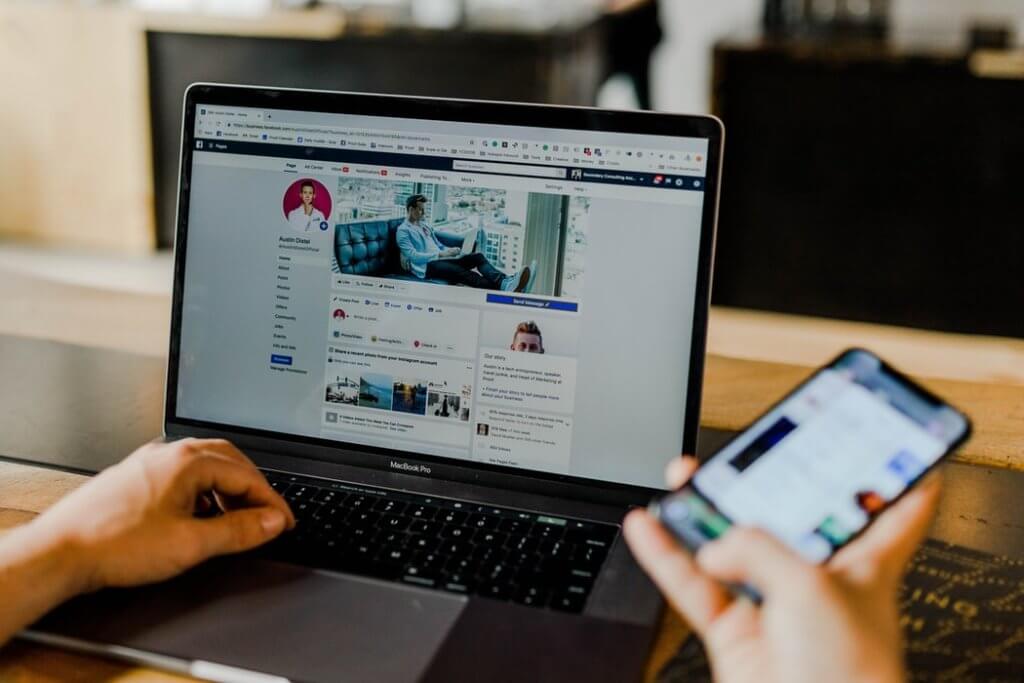
With more than 1,100 businesses ultimately signing up for the Anti-Defamation League’s #StopHateForProfit Boycott of Facebook and Instagram ads in July 2020, the campaign succeeded at getting both the press and the public’s attention. However, what facts actually changed on the ground for brands around social media? Now that July has ended, we answer those […]
Week 3 Data Around Brands Embracing “Stop Hate For Profit”
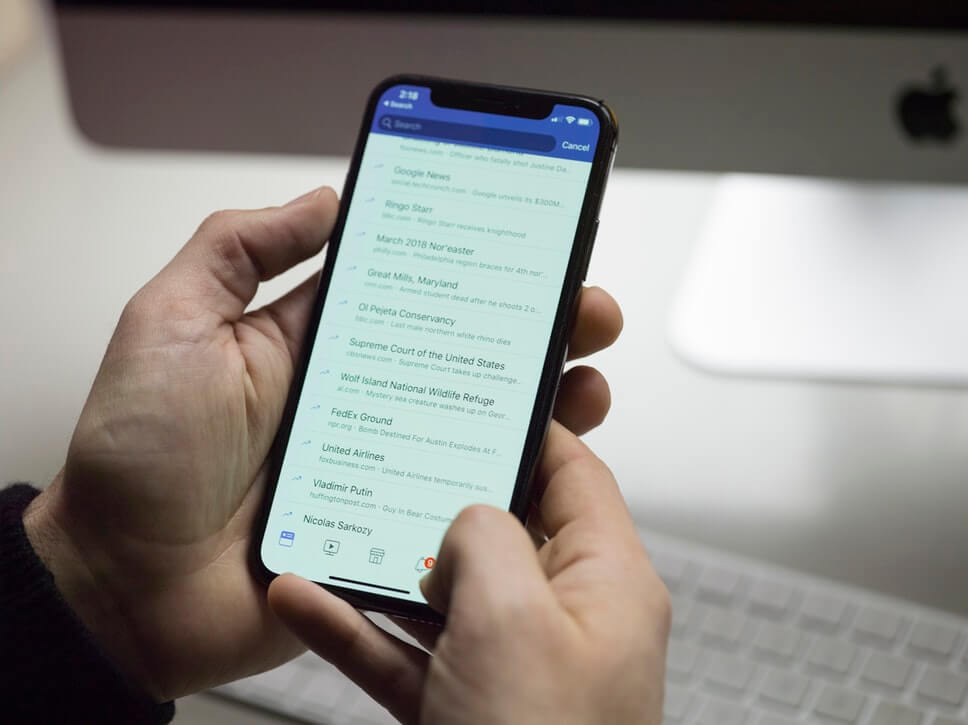
With many brands pausing their Facebook and Instagram ad spending during the month of July to protest the use of hate speech, ListenFirst continues to monitor how the boycott is impacting the social media ecosystem. Following up on the data we shared last week, here are our top findings for the week of July 13-19, […]
How 5 Home Furnishing Brands Are Increasing Engagement During the Coronavirus
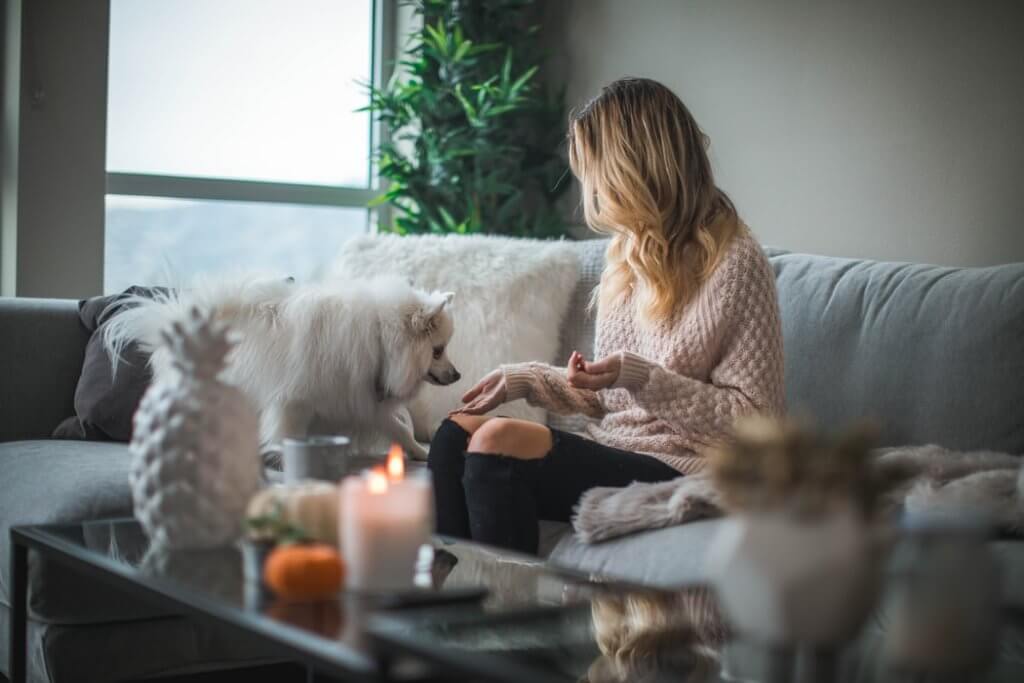
As has been the case with every industry, Home Furnishing brands have been dramatically impacted by the pandemic, and with people staying home more around social distancing, Home Furnishing products are even more front and center in people’s lives. In that context, many Home Furnishing have actually increased the amount of posts they’re sharing, for […]
